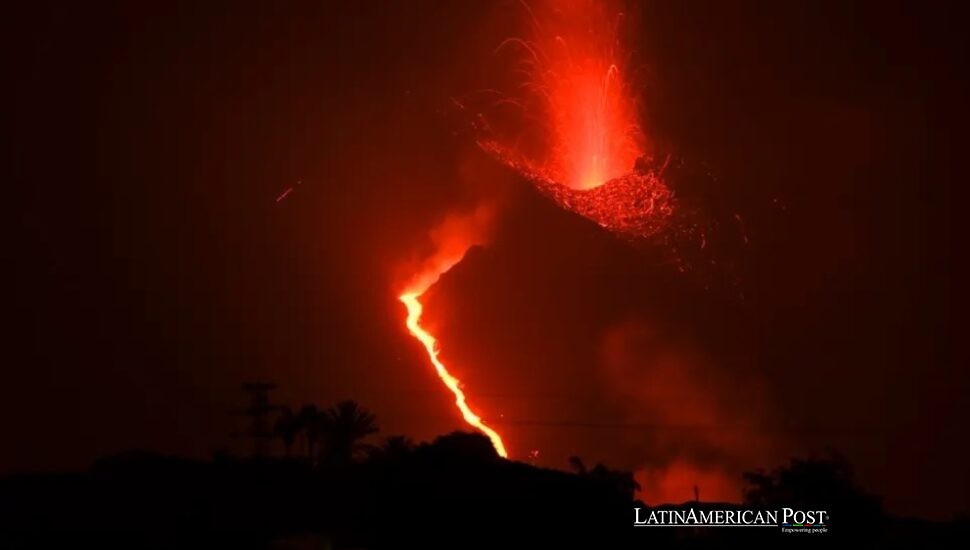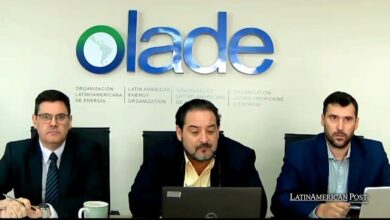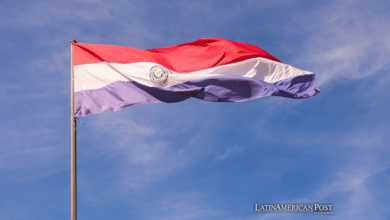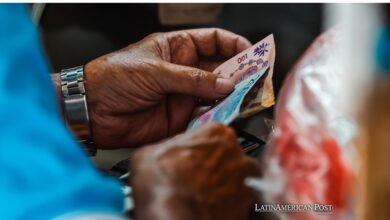Dominica Transforms Volcano Heat Into A Bold Green Energy Revolution

Dominica has many volcanoes, which can alter the region’s green energy sources. The nation is small, and it intends to use geothermal stores under the ground. This will keep its environment clean and lower energy costs. A new renewable energy change will begin in nearby islands.
The Nature Island’s Green Ambition
The Caribbean island of Dominica, often nicknamed the “Nature Island,” boasts a lush tapestry of rainforests, towering volcanoes, hot springs, and majestic waterfalls. Its unspoiled beauty and ever-growing ecotourism sector drew 83,966 visitors last year—a 13% increase from 2023—thanks partly to new direct U.S. flights and expanding hotel options.
Dominica’s natural wonders attract adventure seekers, but the government views them as part of a national plan to change its energy system. Tourism is an integral part of the economy, and the government spends money on geothermal projects that cost millions of dollars. By harnessing volcanic heat beneath the surface, Dominica hopes to wean itself off imported diesel and, in time, export electricity to other Caribbean nations.
“We hope to eliminate the need for diesel generation for electricity in Dominica by 2030,” Dominica’s energy minister, Dr. Vince Henderson, tells the BBC. He explains that once the plant becomes operational, residents should also see a reduction in their electricity bills.
Volcanoes Powering a Geothermal Future
Dominica’s new geothermal power station is under construction near the village of Laudat in the Roseau Valley, a region known for verdant hillsides, thick rainforests, and volcanic activity. At 10 megawatts, the station is poised to tap naturally heated water in subterranean reservoirs. Steam from these reservoirs will rise to the surface to power turbines, generating electricity day and night. Once the steam cools, it condenses into water and is re-injected underground, creating a renewable loop.
Scheduled for online operation before year’s end, the plant represents economic and environmental progress for Dominica’s 66,000 people. Dominica aims to shift to clean energy throughout the country, even though diesel imports have supplied most of its power to date.
This development is an important project. It happened through a partnership. The partnership is between the Dominican government and Ormat Technologies. Ormat Technologies is a U.S.-Israeli firm. This firm has experience in renewable energy systems for many years. Ormat’s CEO, Doron Blachar, credits the process to the island’s volcanic riches: “Geothermal is a great, zero-emission electricity that doesn’t depend on wind or sun and operates 24/7,” he tells the BBC. “It brings jobs to a country, both during construction and, more importantly, during the plant’s operations, along with new technology and expertise.”
Financially, the project has drawn on a blend of funding from the Dominican government, the World Bank, and the Caribbean Development Bank (CDB) and grants and investments from nations like the U.S., the U.K., Japan, and New Zealand. Although the ultimate expenses stay high, authorities think the savings achieved over a long time and not having to rely on external energy sources will make the initial price reasonable.
Environmental Concerns and Community Hopes
Despite the optimism, not everyone in Dominica welcomes the project without reservations. Environmental advocate Atherton Martin shares his fears for the biodiversity of the Roseau Valley, telling the BBC that removing vegetation during exploratory drilling “decimated wildlife,” including species of endemic frogs. Residents expressed worry about the project cost and the possible environmental impact.
According to Martin, Dominica’s ecosystems are unique in the Caribbean and should be protected. The exploration required extensive land clearing and underground drilling for heat level tests. Critics warn that the impact on fragile flora and fauna could take years to assess fully.
On top of that, some fear the possibility of geothermal activity triggering seismic events. Ormat, however, points to its extensive track record. “Ormat says it has never had such an incident in its many years of operations,” reports the BBC. After more than five decades of building and operating geothermal stations across the globe—including Guadeloupe’s 15-megawatt plant—Ormat believes Dominica’s project will serve as a blueprint for other nations.
Towards a Renewable Caribbean
Dominica’s leaders, supported by regional organizations like the Organisation of Eastern Caribbean States (OECS), envision a more integrated and greener energy future for the Caribbean. If the new geothermal plant performs as expected, its initial 10 megawatts capacity could cover roughly half of Dominica’s peak electricity demand. Over time, officials aim for a full national supply—plus surplus power to export via undersea cables to neighboring islands.
“The rest of the OECS will benefit from the lessons learned here—both what worked and what didn’t,” says Fred John, managing director of the Dominican Geothermal Development Company, speaking to the BBC. This local government-owned entity is collaborating with Ormat, channeling millions of dollars into a venture they hope will “serve as a test case for an attractive alternative” to fossil fuels.
Meanwhile, OECS Director General Dr. Didacus Jules describes Dominica’s focus on geothermal energy as a “bold and visionary step,” telling the BBC, “As a region heavily dependent on imported fossil fuels, the transition to green energy is not optional—it is existential.” He adds that the initiative brings back hopes for an energy grid that connects islands in the Eastern Caribbean as well and that this grid shares inexpensive and clean power. Dominica seeks to be a renewable electricity leader. That ambition fits well with the nation’s tourism slogan. Known for its pristine rainforest hikes, hot spring resorts, and breathtaking viewpoints, the island wants to extend that natural ethos into its infrastructure. By deriving electricity from deep-rooted volcanic power, Dominica aims to sustain tourism, the environment, and its people’s quality of life for generations.
Dr. Henderson admits the country faces difficulties. The nation worked hard to repair the electricity network after Hurricane Maria devastated it in 2017 and started an ambitious geothermal project at the same time. The effort will have value in the future.
Also Read: Americas On the Edge: Climate and Violence Drive Millions from Home
Dominica’s geothermal ambitions are to reshape the island’s energy use and the wider Caribbean’s approach to renewable technology. As the “Nature Island” proves once again, true sustainability can flow from the very forces of nature that shape its tropical paradise. By drawing on the hidden power of volcanoes, Dominica hopes to spark a cleaner, more resilient future—one steeped in green innovation and unwavering respect for the environment.




